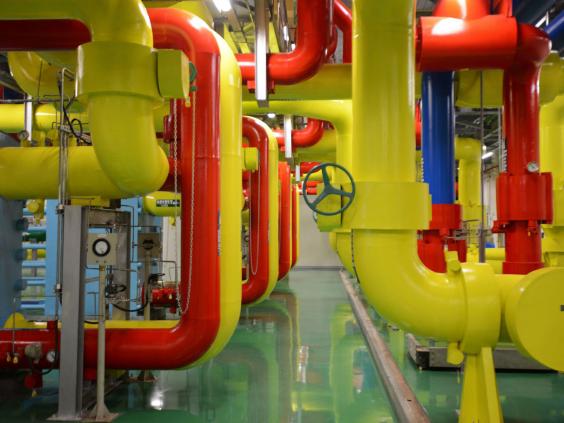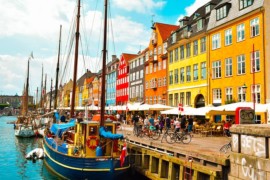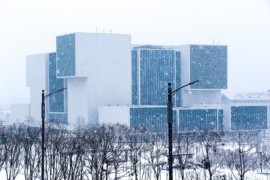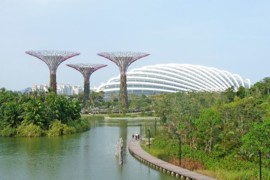
An article published on the Independent’s website (http://www.independent.co.uk/) in late January noted that the consumption of data centres was rising exponentially and that, if it is not properly controlled, it could risk spiralling out of our control.
Data centers are the “farms” of servers used to relay all the information we send or receive through the internet. This data could be images, emails, videos or simple texts but whatever the source, all the information is channeled through servers which must be supplied with energy.
Currently, the energy consumption of data centers represents 3% of global electricity consumption, and therefore 2% of total greenhouse gas emissions. These figures mean that these servers are responsible for more pollution than air traffic.
To give another perspective, Tom Bawden reports that the annual consumption of datacentres (416.2 TWh) is greater than the overall consumption in the United Kingdom (300 TWh).
If it were even the case that this consumption was stable, this pollution would only pose a “minimal” problem , but unfortunately the consumption levels of data centres are in fact booming. Tom Bawden reports that Ian Bitterlin, a professor at the University of Leeds, said that the energy consumption of data centres doubles every four years, even if the technological and material innovations have drastically reduced consumption.
In 10 years, analysts estimate that data centres could consume three times more than today. A Japanese study estimated that Japanese data centers could consume as much energy as the entire country does presently by 2030, if current trends continue.
There are not many solutions to this problem: limiting the use of the Internet is an effective if impractical solution, while revolutionizing storage with more powerful means is possible, but not in the short term. The other solution that presents itself is limiting the energy consumption of sites, but how can this be done ?
The first step in this process is to install data centres in very cold countries, thereby reducing the energy required to cool the equipment, which is the sector that is responsible for the majority of the energy required for the data centre to operate.
The transition to green and renewable energy is possible, but even with a transition to 100% green energy, the pressure on the global energy system would probably be intolerable.
The obvious solution to this conundrum lies with district heating networks. As previously mentioned, excess heat from data centres can be recovered for use in heating networks rather than being lost. This is a very effective method that could help solve the problem, because instead of using energy to cool buildings, the heat is reused to heat homes.
District heating networks have proven once again to have a major role in ecological issues, especially in situations where there usefulness is not immediately apparent. In light of recent studies, data centres will play a major role in energy transition, and heating networks clearly have their part to play also.
Photo Credit: AFP / Getty







